Why Spain, why Catalonia?
Catalonia, Costa Brava and Barcelona – A must to visit on your travel bucket list!
Why Spain, why Catalonia? It’s hard not to think of Spain without thinking about wine, world-class cuisine, tapas, Unesco world heritage sites and some of the most incredible architecture ever designed.
One of the questions that I am often asked is why I chose Spain and why Catalonia for one of my 2021 food tours?
Well if you love Spanish wine, are a discerning diner who values first-class gastronomy, luxury accommodations and architecture. And you relish in discovering the rich history of food, culture, and art of this region that rubs shoulders with the borders of France. Why wouldn’t you want to travel to Spain…
Nominated as the BEST country to visit in the world for the third year in the 2019 Travel and Tourism Competitive Report by the World Economic Forum. With more than 3,000 miles of coastline, and no fewer than 48 UNESCO World Heritage sites, the most Michelin star restaurants, and some of the world’s best chefs, renowned artists, and acclaimed architects. Spain and the Catalonia region has to be a must on any avid travellers bucket list.
The capital and largest city is Barcelona. It is the second-most populated municipality in Spain. Tourists flock Barcelona year-round for the “buzz of Barcelona”, one of Spain’s most visited destinations. Barcelona has more than 70 top-notch museums and 24 Michelin-starred restaurants. Its medieval quarter boasts surprising modernist architecture and a vibrant urban culture. Not to mention perhaps one of the most famous ongoing constructions, the Sagrada Famiglia, and the must-see Boqueria Markets.
Getting out of your hotel and heading out on foot is one of the best ways to explore Barcelona. Passeig de Gràcia, Casa Batlló and Casa Mila designed by Gaudi are within minutes of each other. This colorful seaside city is full of attractions and things to do. Rivaling Barcelona in historic importance and one of the tour highlights is the medieval town of Girona.
Farther afield, in the idyllic countryside of verdant valleys and gently rolling hills, we discover quaint medieval towns, picturesque seaports, and quiet country villages where chirping birds and church bells are the loudest noises. Here you can visit the coves of Cadaqués on the Costa Brava and every stop along the way, the local gastronomy will tempt you. Stretching Northeast from the coves and beaches of Blanes to Catalonia’s border with France, the Costa Brava is Spain’s most beautiful coastline. This 1,240-mile coast of rugged cliffs and idyllic beaches is one of Europe’s favorite seaside playgrounds, and its pretty little whitewashed towns have lured artists that include Dali, Picasso, and Marc Chagall. The House of Dali, and the Museum which many people say is “the must-see” of a lifetime.
Bordered by the mountains and the Mediterranean Sea, Catalonia is the traditional region of Spain that is fiercely proud of its unique culture. The 4 most important regions of Catalonia are Barcelona, Girona, Lleida, and Tarragona. Catalonia has beautiful sandy beaches like Costa Maresme, reaching into the Mediterranean Sea, unlike those other feet-breaking pebble beaches, that were until more recently were unknown to tourists who happily headed south of Barcelona to Sitges (although Sitges is still a favourite). Many locals of Barcelona preferred to head north towards The Costa Brava where many owned their weekender beach apartment – white tiles throughout, clean and cool in the summer months.
What do you do after a day swimming at the beach but eat fresh seafood and this is where the famous fish markets at Arenys de Mar comes in to play. They say it is something else to watch the fishing boats come into port in the late afternoon, followed by flocks of seagulls hoping to feed on some fish. There is a fish auction at the port at night – perfect to take home the freshest of fish to cook for dinner.
The history of food in this area is what really is fascinating – from sauces introduced by the Phoenicians, olive oil brought in by the Greeks, and then the influence of the Romans, Carthaginians, and Jews bringing with them their own exotic flavours and spices.
While paella is the traditional food of Spain, the Arabs instilled the love of almonds and gazpacho, while the Christians introduced Spanish Jamon (ham) previously banned by the Jews and Arabs alike. Garlic, garlic, garlic – it’s gastronomical flavor making even garlic soup a must-do.
When not at the beach or eating bocadilos – the amazing baguette with Spanish ham or drinking cava the champagne of the area or rich coffee, you can dine in some of Spain’s finest Michelin star restaurants taking your dining experiences to the next level.
Sometimes the reasons why I chose Catalonia are endless.
Dominique’s Spanish tours for 2021 include a focused tour to Barcelona, Catalonia and Costa Brava, and likewise, the same gastronomic and luxury tour is now available to Rioja and Basque Country including the South of France. Claimed as one of the best-kept secrets of Spain and celebrated as one of the best regions for the excellence of food and wine. These tours have been personally designed by Dominique to give you the best of the best and are limited to a maximum of 19 travellers only.

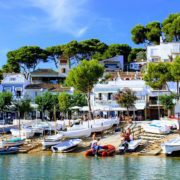
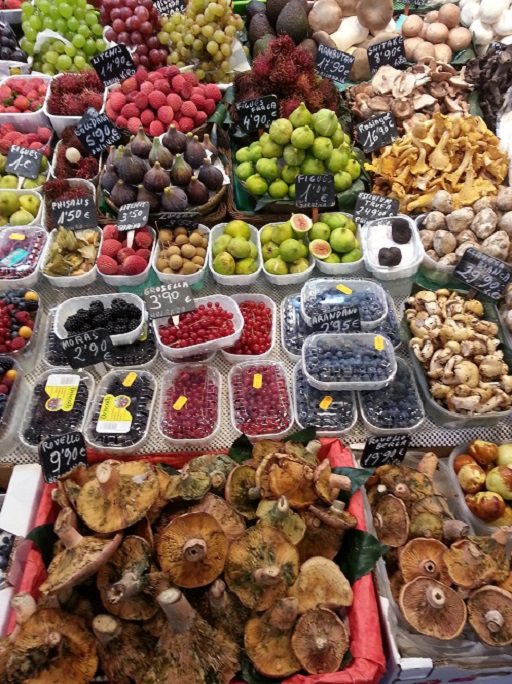

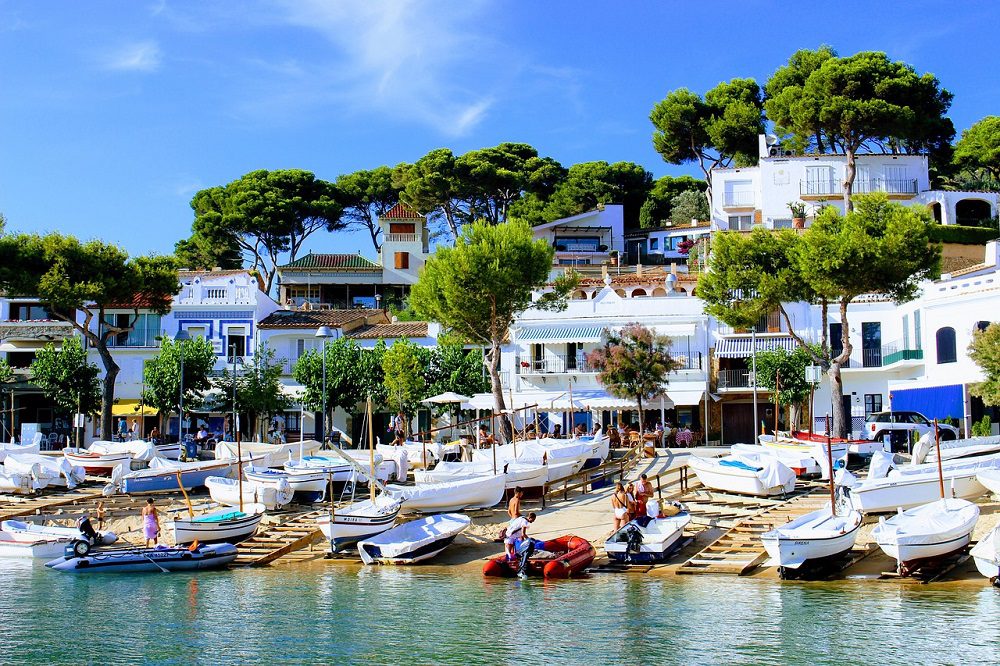
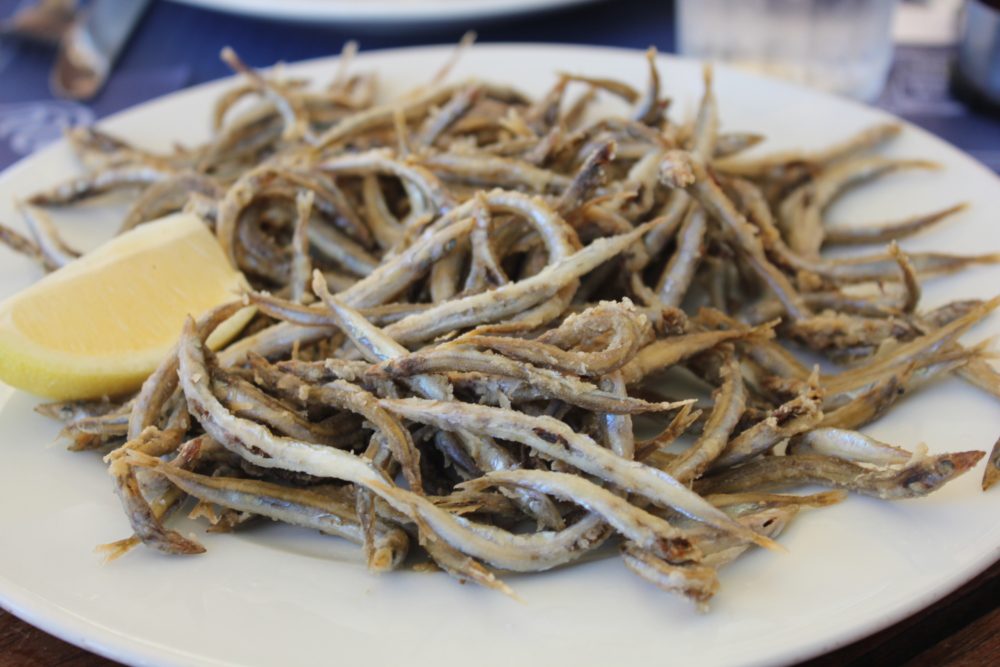
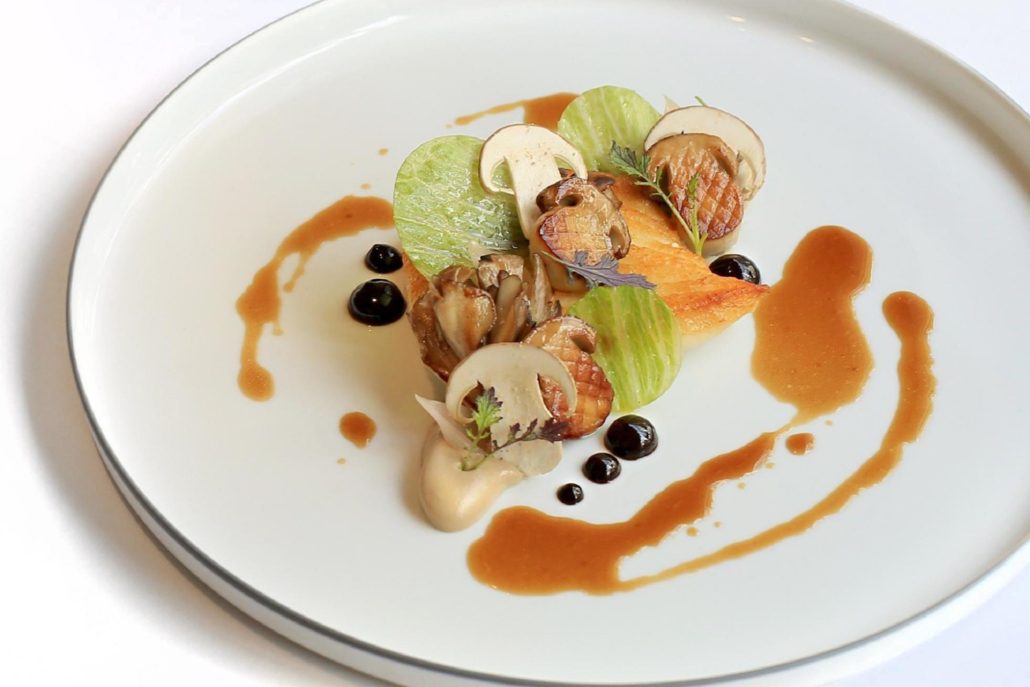


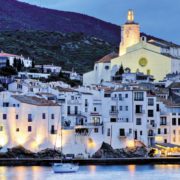
Leave a Reply
Want to join the discussion?Feel free to contribute!